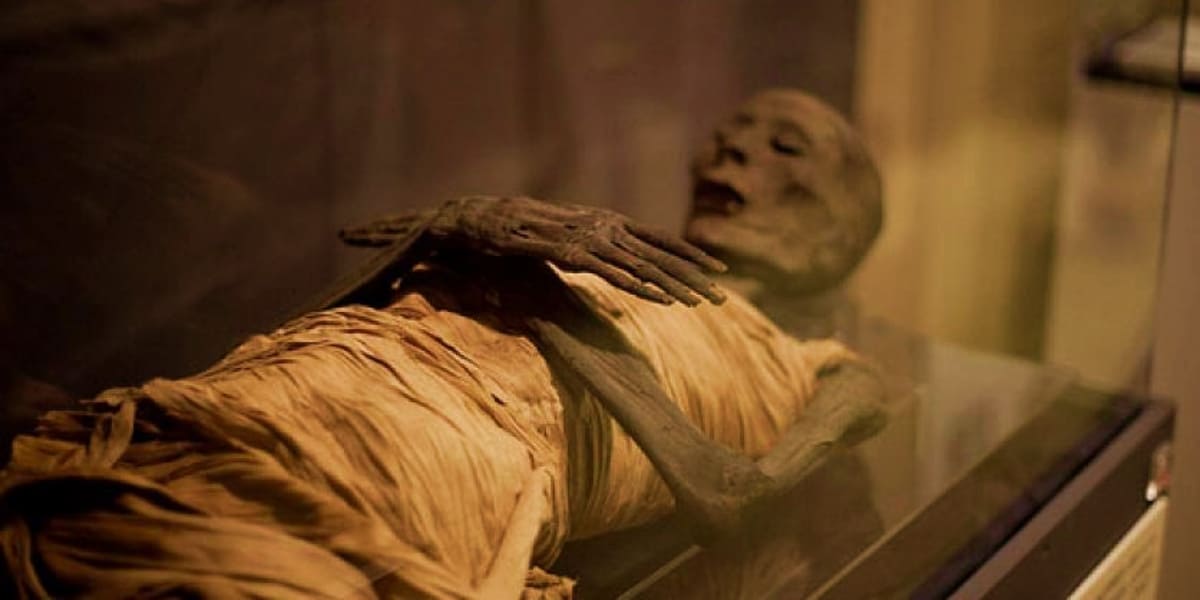Ancient Egypt preserved dead bodies through a process called mummification. The process baffled scientists for years, and it’s more complex than it looks. Simply put, mummification was not only a preservation technique but also a sacred ritual backed by tremendous religious beliefs regarding the afterlife. In the Egyptian afterlife, they believed a soul would be reunited with the body. For this to happen properly, preservation of the physical form, the body, was critical. Their complex process aimed to prevent the decay of the body and ensure it would last for eternity. Ancient texts showed it took 70 days and included careful rituals, ingredients, and skills to preserve the mummies.
Residue Reveals the Hidden Art of Egyptian Mummification

For a while, it was guesswork, and according to archeologist Philipp Stockhammer, “There’s almost no textual evidence. How this worked, how the substances were mixed, how they were named—this wasn’t known. They… knew what substances they needed to put on the skin—antibacterial, antifungal substances—to keep the skin best possibly preserved without having any microbiological background, without even knowing about bacteria. This enormous knowledge was accumulated over centuries.”
That was until they discovered residue left behind in ancient jars. Furthermore, Egyptologist Rita Lucarelli said, “The ancient Egyptians were obsessed with the afterlife. They believed that there was another life after the life here on Earth. In order for the spiritual part of the deceased to make this journey, the body needed to stay intact.” To prepare for that life, the Ancient Egyptians conducted an in-depth ceremony and mummification process.
